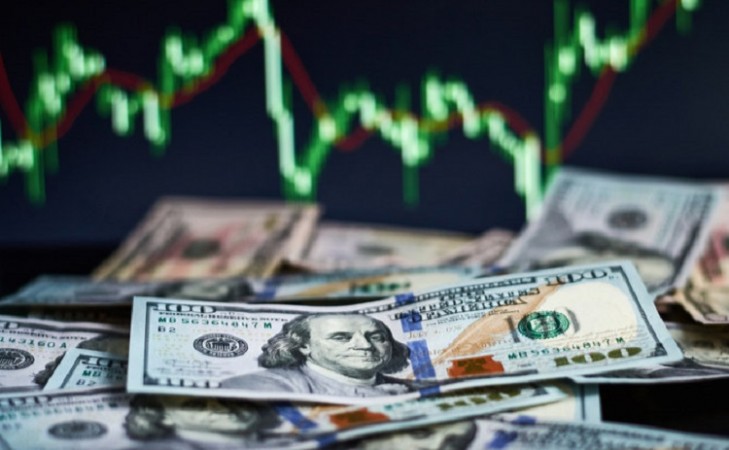
On Wednesday, April 12, the US dollar fell as traders anticipated U.S. inflation data due later in the day would provide some insight into when U.S. interest rates will peak.
The U.S. dollar index decreased by 0.1% to 102.02 when measured against a basket of currencies. According to a Reuters poll of economists, the U.S. inflation data for March is predicted to come in at 5.2% year-over-year, down from 6.0% earlier, while core inflation likely edged up to 5.6%.
After increasing by almost 3% in February, the index dropped by 2.3% in March and 0.5% so far in April as speculation that the Federal Reserve would not raise interest rates as high as initially anticipated in order to relieve pressure on the sector increased following the collapse of Silicon Valley Bank last month. According to Matt Simpson, senior market analyst at City Index, inflation data "may be the difference between a 25bp raise or pause at the Fed's next meeting in May." If the inflation data is less than anticipated, money markets might "soon revert to reprice a policy pause."
The probability that the Fed will increase interest rates by 25 basis points next month is approximately 74%, but many rate decreases are also anticipated, starting as early as July and continuing until the end of the year. On Tuesday, a number of Fed speakers gave conflicting predictions on how far U.S. interest rates might rise. John Williams, president of the New York Fed, said it relied on the data that came in.
While Chicago Fed President Austan Goolsbee stated the U.S. central bank should exercise patience when raising interest rates in light of recent stress in the banking industry, Philadelphia Fed Bank President Patrick Harker suggested that the end of rate hikes may be approaching. Sterling was unchanged at $1.2426, although it was still close to the 10-month high it reached last week against the dollar. The euro increased 0.1% to $1.0928 after last week's one-month high.
The dollar was slightly higher against the yen at 133.77 after reaching a nearly one-month high of 134.045. This is due to the striking contrast between the aggressive tightening cycle of the Fed's monetary policy and the ultra-loose policy of the Bank of Japan (BOJ). In its report on global financial stability, which was published on Tuesday, the International Monetary Fund stated that the Bank of Japan might assist avoid future abrupt policy moves by providing more latitude in its yield curve control strategy.
In terms of cryptocurrency, bitcoin slightly decreased to $30,001, maintaining over the crucial $30,000 mark after going over it on Tuesday for the first time in ten months.
IMF becomes a fan of Indian economy
Finance Minister meets IMF's Gita Gopinath, debt vulnerabilities in economy